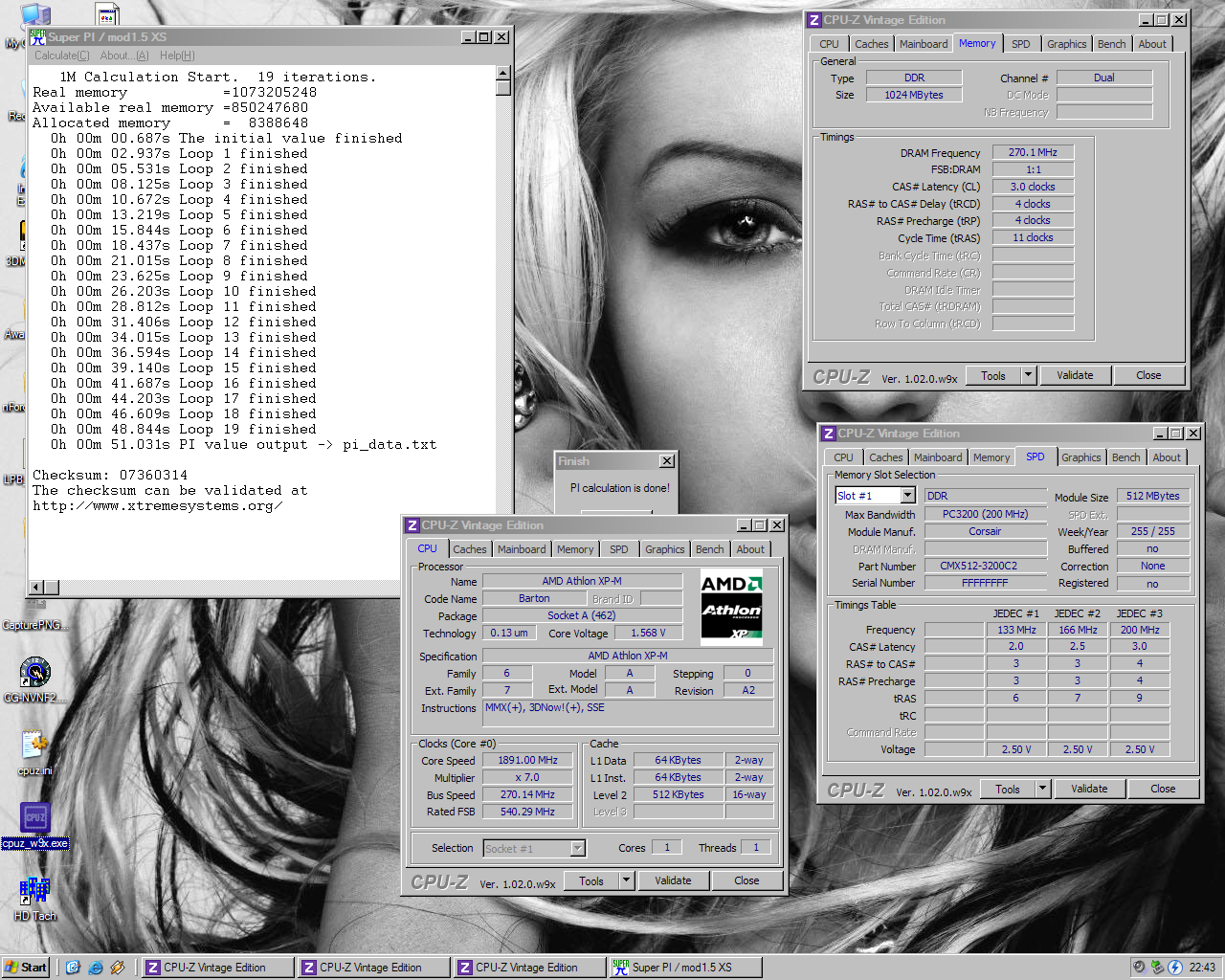The Sandman
Urgestein
270-MHz 1M liefen gestern auch noch durch

Bei DFI wurde scheinbar schon auf Sockel A mit CL1.5 experimentiert:
"Originally posted by Blackout
could someone try this bios
http://black.s3.cybton.com/N24LD138.zip LP B
some new features like shutdowntemp, warn temp,
beta options like 1.5cas, 3.4-3.6vdimm (probably won't work)
1/21 romsip
use at your own risk!
don't use it without bios savior
i tested and 3.4 3.5 and 3.6 only gives 2.6v
cas 1.5 doesnt work with me,seens to be the memory,i try evem at 100mhz fsb and 3.3 vdimm,the board beep beep and only light up led number 3."
Mehr als 3.3V VDIMM wurden wohl auch überlegt ☠️

Bei DFI wurde scheinbar schon auf Sockel A mit CL1.5 experimentiert:
"Originally posted by Blackout
could someone try this bios
http://black.s3.cybton.com/N24LD138.zip LP B
some new features like shutdowntemp, warn temp,
beta options like 1.5cas, 3.4-3.6vdimm (probably won't work)
1/21 romsip
use at your own risk!
don't use it without bios savior
i tested and 3.4 3.5 and 3.6 only gives 2.6v
cas 1.5 doesnt work with me,seens to be the memory,i try evem at 100mhz fsb and 3.3 vdimm,the board beep beep and only light up led number 3."
-=Dfi Infinty&LanParty Rev B Faq and more=- [Archive] - Page 2 - XtremeSystems Forums
----------!!!!!!!!!!!!!!!Bios settings!!!!!!!!!!!!!!!--------------------------- (Standard Cmos) Acces mode: auto (på hddn) (Advanced bios features) APIC mode:Enabled Delay for hdd:0 (Advanced chipset features)
www.xtremesystems.org
Mehr als 3.3V VDIMM wurden wohl auch überlegt ☠️
Zuletzt bearbeitet:











 Unter dem Kühler war noch ein XP3200+
Unter dem Kühler war noch ein XP3200+ 

